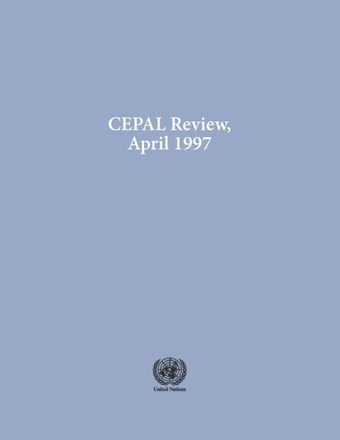-
Convertibility and the banking system in Argentina
- Source: CEPAL Review, Volume 1997, Issue 61, Jul 1997, p. 63 - 90
- Spanish
-
- 26 Jul 1997
Abstract
The system of currency convertibility has shown that it is effective in overcoming inflation in Argentina, but its capacity for supporting a stable growth process and acting as a monetary and exchange-rate system which does not involve intervention and heavy costs on the part of the State is currently being questioned. The present article deals with this aspect on the basis of an analysis of the 1991-1995 period and identifies some key features of the functioning of the system: its reactions to movements of foreign capital; its interrelations with the domestic banking system; the extent to which it is capable of operating automatically without any need for a lender of last resort, as claimed in the theory on which it is based; and the degree to which the currency issued really has effective backing to ensure its convertibility.





